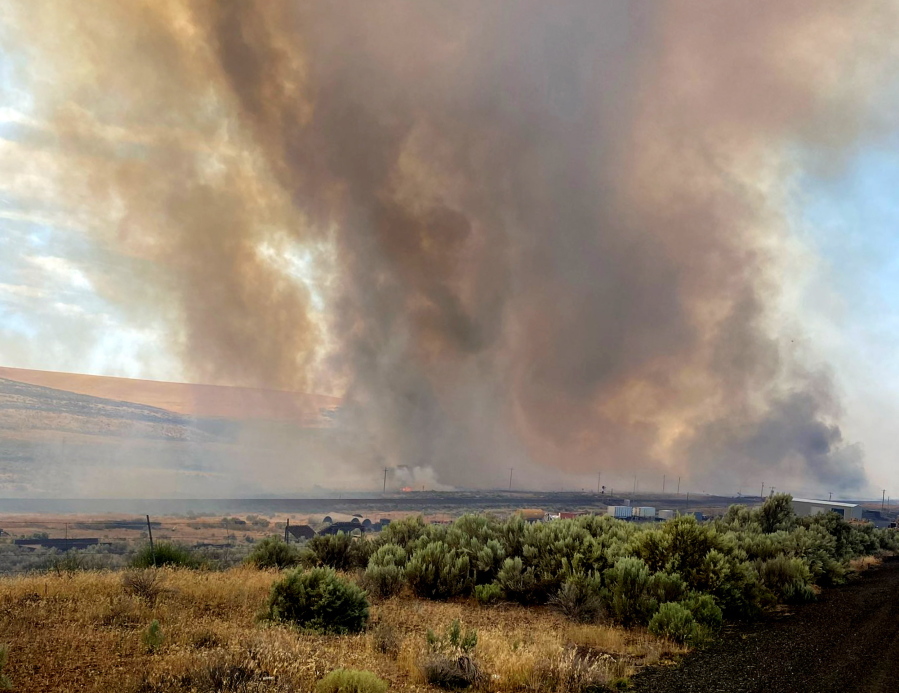Kennewick— When the air outside gets smoky, the advice is to stay inside.
But is inside air healthy?
Not necessarily, according to a study by Pacific Northwest National Laboratory researchers.
But there are steps you can take to help protect vulnerable family members, like children, the elderly, pregnant women and those with serious health conditions like asthma, diabetes and heart disease.
In the extremely smoky late summer of 2020, Chrissi Antonopoulos, a senior energy analyst at PNNL headquartered in Richland, Wash., studied the indoor air quality of a 1920s house in Portland, Ore.
In the Tri-Cities that year, the air was the smokiest seen in a decade, with air quality rated as “hazardous.” And Portland, for a time, had the most polluted air for days among the world’s cities.
When Antonopoulos measured the air quality inside the century-old Portland home, she found that at peak concentration of 700 micrograms of pollutants per cubic meter of air outside, inside the pollution was still more than half that at 400 micrograms per cubic meter.



